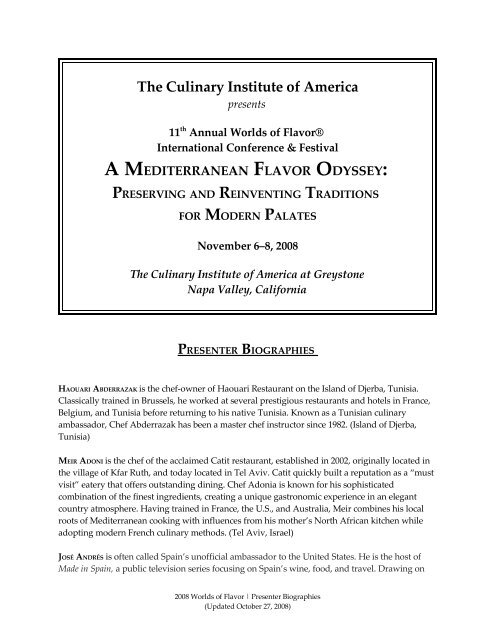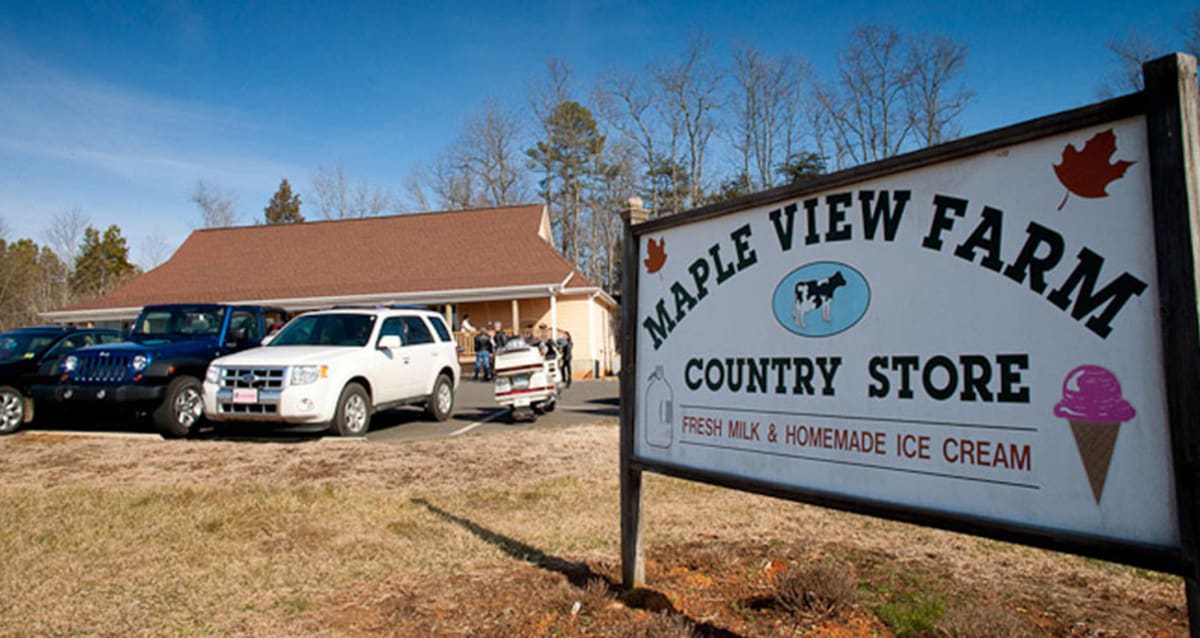

Special instruments let scientists gather details about storms from high above. That is about two times as high as a passenger airplane can fly. Global Hawks can reach a height of almost 20 kilometers. "What we're really after, scientifically, is to better understand the relative roles of the environment and those inner-core processes in the formation and intensification of hurricanes in the Atlantic." Scott Braun is a research scientist, a meteorologist, at NASA. Two pilotless Global Hawk aircraft will collect measurements so scientists can learn how hurricanes come into existence. NASA is studying storms by taking to the skies above the Atlantic Ocean – in fact, above the storms themselves. Last year, that storm killed many people in the United States, Canada and the Caribbean Sea. And the memories of Hurricane Sandy are still strong. The National Oceanic and Atmospheric Administration says this Atlantic hurricane season probably will be more active than usual. Tropical storms and hurricanes can mean a mixture of high winds, huge waves, flooding and destruction. To learn about a campaign called the Hurricane and Severe Storm Sentinel mission - HS3 for short. So today, we take you to the agency's Goddard Space Flight Center near Washington. The American space agency, NASA, recently announced plans to investigate the storms that form over that Atlantic.

More hurricanes are reported at this time of year than during any other period. The height of the Atlantic Ocean hurricane season has arrived. It's time for more Learning English with As It Is on VOA. We will have the latest information about the scientists who will be studying them.Īnd then, "I scream, you scream, we all scream for ice cream!" We will visit some ice cream makers to hear how they do it, and what unusual flavors they have discovered.

They are huge storms that form over the Atlantic Ocean this time of year. But they are not from a horror movie, or from outer space.


 0 kommentar(er)
0 kommentar(er)
